Science Projects-10 Questions to Ask Yourself Before Assigning One
Are you eager to do a science project with your middle school students, but you’re worried about (1)how much time it takes, (2)the classroom noise level, (3)the lack of accountability and (4)if it’s even worthwhile?
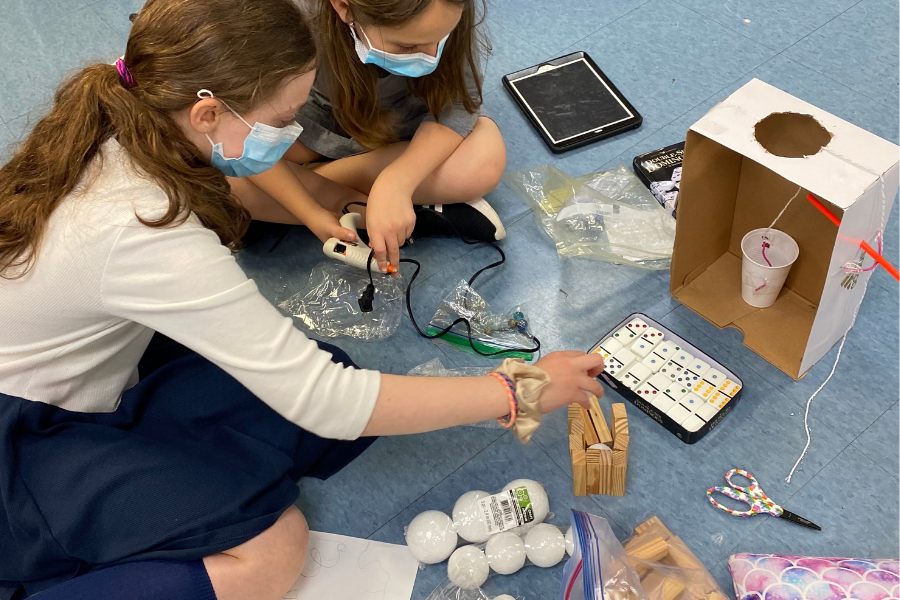
Science Projects-10 Questions to Ask Yourself Before Assigning One
Here are 10 questions to ask yourself before you assign a science project to your students. The key is upfront preparation and strong scaffolding to keep the students accountable and on task.
Question#1: What do you want to achieve by assigning the science project?
When you are designing a project you will need to determine what you are trying to achieve in terms of the concepts that you would like the students to comprehend. When they complete the project will they have a better understanding of the main elements of the unit you are covering? Are you more interested in the engineering process rather than the content?
You also need to decide if this will be a collaborative or a competitive project. Is your goal to have the students learn how to work in groups, work well with a partner or tackle the task alone? Will students be measuring their results compared to other projects/groups? Do you plan on having judging or voting involved?
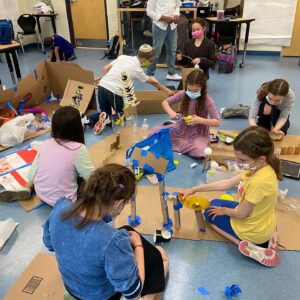
Question #2: Is the project worth the class time you may be losing?
Quite often a science project can drag on as students become excited to complete the tasks, but they are moving along slowly. Other times, it can take students a long time to kick start their project and then they run out of time closer to the deadline.
Structure and deadlines should be in place from the beginning.
In my opinion, a good project lasts between 1 to 2 weeks of class time. Any longer than that can cause student burn out and frustration. Plus, you will lose a lot of teaching time.
Set a reasonable timeline for completion and stick to it. I have found it useful to have the students break their project down into bite-size pieces. They do this during their brainstorming session in their digital science notebooks. This helps keep them focused during the limited timeframe that they have plus gives them ownership of their own goals.
Question #3: Will the project be worth any costs you may incur?
I am very big on students using recycled/repurposed materials. I may add magnets, wires, wire cutters, glue guns without the glue sticks, basic tape and scissors,etc. Otherwise, students are responsible for bringing in their own materials. I am very strict about allowing them to purchase anything for the projects. They may bring in broken pieces of other toys, materials from the recycle bin and anything else that they find around their house. I am always amazed at their creativity once I set these boundaries.
While teaching during the Covid year, I had the students bring in everything that they needed from glue to scissors to markers, etc. I didn’t allow any sharing and it honestly worked out better! There didn’t seem to be any competition between groups for materials and the responsibility was completely put on the students. Part of my daily rubric involved whether or not they brought in the necessary materials for them to work efficiently. That helped to put a little pressure on them to remember!
Question #4: Is the science project at a reasonable level for your students?
When I first started teaching, one of my biggest obstacles was understanding what was an age-appropriate project for the group that I was teaching. I struggled with students who were frustrated and anxious because my expectations were too high. This doesn’t mean that we need to keep the bar low, it simply means that we must research the age group before blindly jumping into an assignment.
Talking to other teachers who have taught middle school made a big difference in my growth throughout the years.
Make sure you are offering choices during a single project, or that the product is very wide open and can be interpreted in many ways. Not all students feel comfortable doing all types of projects. Offering a choice board will encourage students to choose something that gets them excited while they are still learning the same concepts.
This will involve more front end for you but much less frustration from the students during the process!
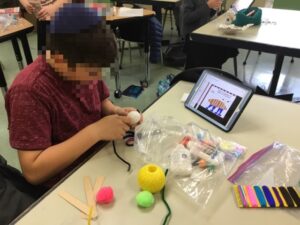
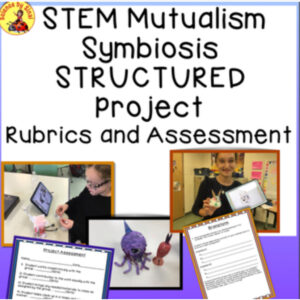
Question #5: What preparations do you need to do before you introduce the project?
In order to build excitement, and also to prepare the students mentally and physically for the upcoming project, I start discussing it a week or two before. I do my Rube Goldberg machines in late spring so right before spring break I start asking them to collect toilet paper rolls, paper towel rolls, pieces of cardboard and to look around their house for pieces of toys that they could use. Depending on the maturity of the group, I may also send home a note to the parents giving them a heads up that the project is coming.
You will need to decide what front end work that you need to take care of to minimize confusion, frustrations and anxiety on the part of the students.
Model, model, model! If you don’t have examples of the project from previous years, either create one yourself to show students or find good videos to show examples.
Plan where the students will be working and where they will store their unfinished projects from day to day. If you are sharing a room with another teacher this can be a concern that needs to be worked out ahead of time.
I have also found that it is useful to put a size constraint on projects such as the Rube Goldberg Machines or Magnet Mazes. I usually allow a base no bigger than a posterboard or smaller. I have an example of that size hanging up so that they can check.
No matter where you store the project, you will need to have a discussion with the students about respecting each other‘s creations.
Question #6: How will you keep your class periods organized?
If I have an announcement of some sort, having to do with the project, I ask them to sit in their seats and listen before they start gathering and working. Other days, I may greet them at the door and tell them to get started right away.
As I discuss in my post on 10 Tips for Better Time Management, I recommend pausing at least halfway through the class by ringing a bell or flashing the lights to remind them of how much time is left and any other instructions that you need to give them. This brief, 1 minute break can help the students to mentally organize their time.
Give them another warning at least five minutes before the end of class for them to start cleaning up. Students rushing can cause projects to get damaged and upset students.
Question #7: How will you keep the students accountable each day?
Keeping students accountable needs lots of scaffolding.
At the beginning of every project, I have the students do a brainstorming session and they must write out what they will be doing for the project. You would think that the students would rebel against this, in their eagerness to get started, but they actually embrace the structure and do a good job. I grade their brainstorming session with a rubric, that I give ahead of time, so that tends to keep them better focused.
No matter what the project, I break it down into daily accountability rubrics. Did they bring the correct materials in? Did they use their time wisely and did they clean up on time? I have examples of these on my magnet mazes and my Rube Goldberg project.
I also have a rubric for the final product that I show them on the first day of the project. This way, there are no surprises.
The longer you take explaining your expectations and parameters, before the project starts, the more successful the project will be.
Question #8: How will you help students work through their frustrations?
No matter how prepared you are, there will be moments during the execution of the project that students become frustrated and may have increased anxiety. Open ended projects can be unnerving for a very structured, organized student who is used to being told step-by-step what to do.
Be present! Walk around from group to group and show interest and sympathy if things aren’t working as planned. Offer good hints and don’t be afraid to tell the students that you think that the path they are taking may not work. Laugh with them and cheer them on when they have small successes.
If you notice that a student is struggling with one type of project, you might want to redirect them to the choice board to take another direction.
Question #9: How will you showcase the student’s hard work?
How the projects are going to be presented should be worked out BEFORE the project is assigned. Will they be physical and put into a public space in the school for others to see? Will they be digital to possibly be put on the school website or on a parent link? When the students know that others will be seeing their projects, they will tend to work more efficiently.
There should be some sort of recognition of the student’s hard work, even if it is just a presentation within your immediate classroom. Sometimes a gallery walk or hanging the projects on a clothesline is sufficient.
Question #10: What are some examples of project types you may assign?
- Advertisement flyer/ brochure
- Children’s book
- Instagram Post
- Trifold display
- Podcast
- Game board
- Tiktok type video
- Design an alien and determine it’s adaptive genetics
- Create a model
- Powerpoint presentation
- Create a collection
- Scavenger hunt
- Diaroma
- Song
- Comic Strip
- Newscast
- Newsletter
- Research a scientist
- Design a zoo
- Create video instructions
- Storyboard
- Do a demonstration
- Create invention to solve a problem
- Rube Goldberg machines
- Design an animal or insect
- Skit
- Research and present an invasive species
- Create a meme
- Bulletin board display
- Kahoot game
- Pollution surveys
- Design a website page
- Stop action video
- Design a seed
- Flip book animation
- Create a book
- Test a consumer product
- Interview a community member about green space
- Organize trash pickup in a wildlife area or beach
- Set up a garden
- Design a water filter
- Set up a bird feeding station near the school
- Analyze the water quality of a local pond
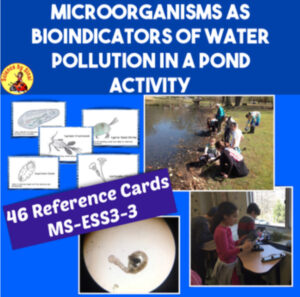


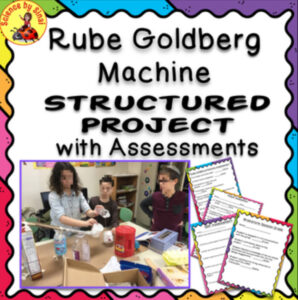
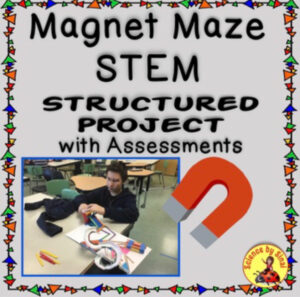
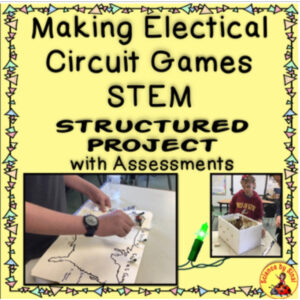
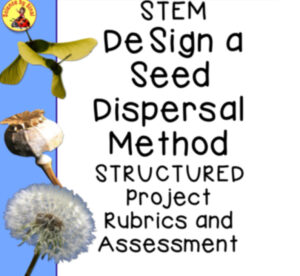

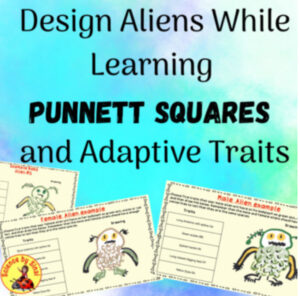





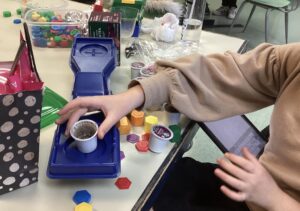
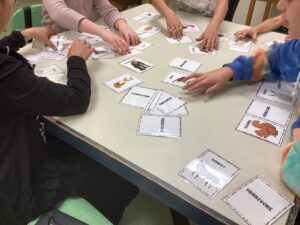
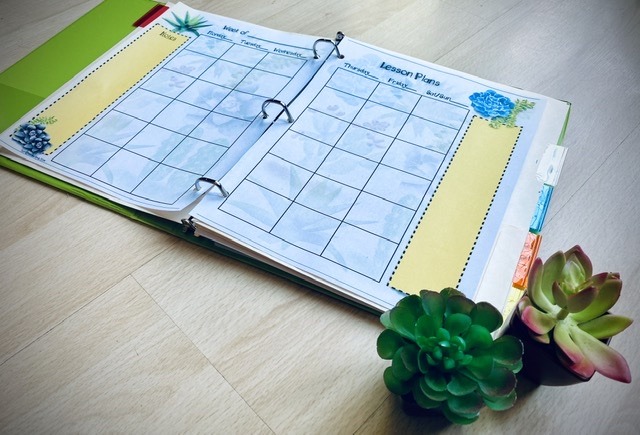

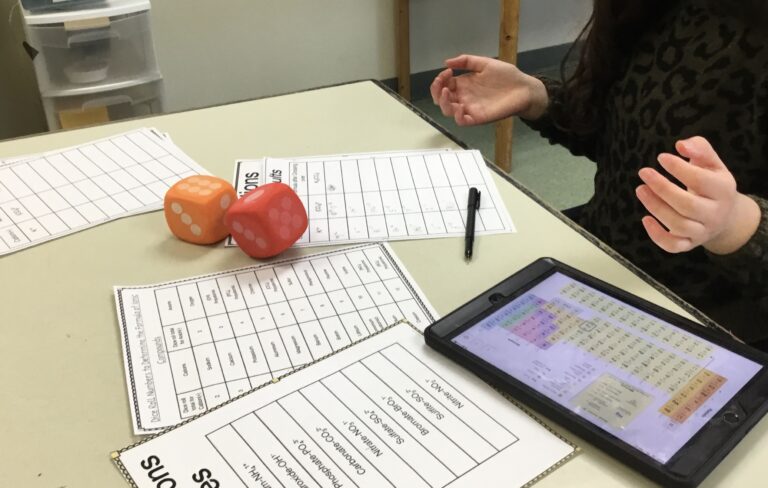



Many great ideas, thanks. I do not agree that you are “losing teaching time”. Actually, this can be the most powerful and influential teaching time for many students. I guess if “teaching time” means different things to different teachers, but I feel some of my best teaching, and some of the best learning of the year occurred during during in class projects.
I completely agree with you that project time is the most valuable class time. However, before I understood how to structure projects, they used to go on for a long time, much longer than needed. That would cut into my curriculum time. I have seen new teachers, that I am mentoring, let projects go on and on indefinitely. There needs to be a healthy balance.
I would say that the majority of my teaching time is involved in some sort of project, that the students are working on, but with rigid parameters.
I also do allow some of the projects to be done at home. For example, my students are now working on a cell project where they are creating a cell using recyclable materials. We are doing none of it in the classroom but I have the students do written and photo check-ins every few days to keep them on task. I also have them build their water filters at home and then we bring them to school to test them.
I’m not really one for competition either. It can really cripple the shyer students and create stress. The only competition that I really do, on a low-key scale, is to see who can clean the water the most with the water filters. That being said, after the first test of the filters, I send everyone home again to redesign and quite often a different student “wins” the following day.
Thanks for this. It is a nice summary and helpful guide!
I never thought of project based learning time as losing teaching time. In fact, I found it some of the best teaching and learning time the whole year. Especially if your are assessing along the way, you are not losing anything, in my opinion.
You don’t specifically state that all project work needs to be done in class. Is this the case with your projects. I think this is so important because it makes the work equitable.
Finally, I am curious what you think about competition? I have not found it motivating for the majority of students, and I have found it anxiety provoking for many students. I rarely use competition in my classes.